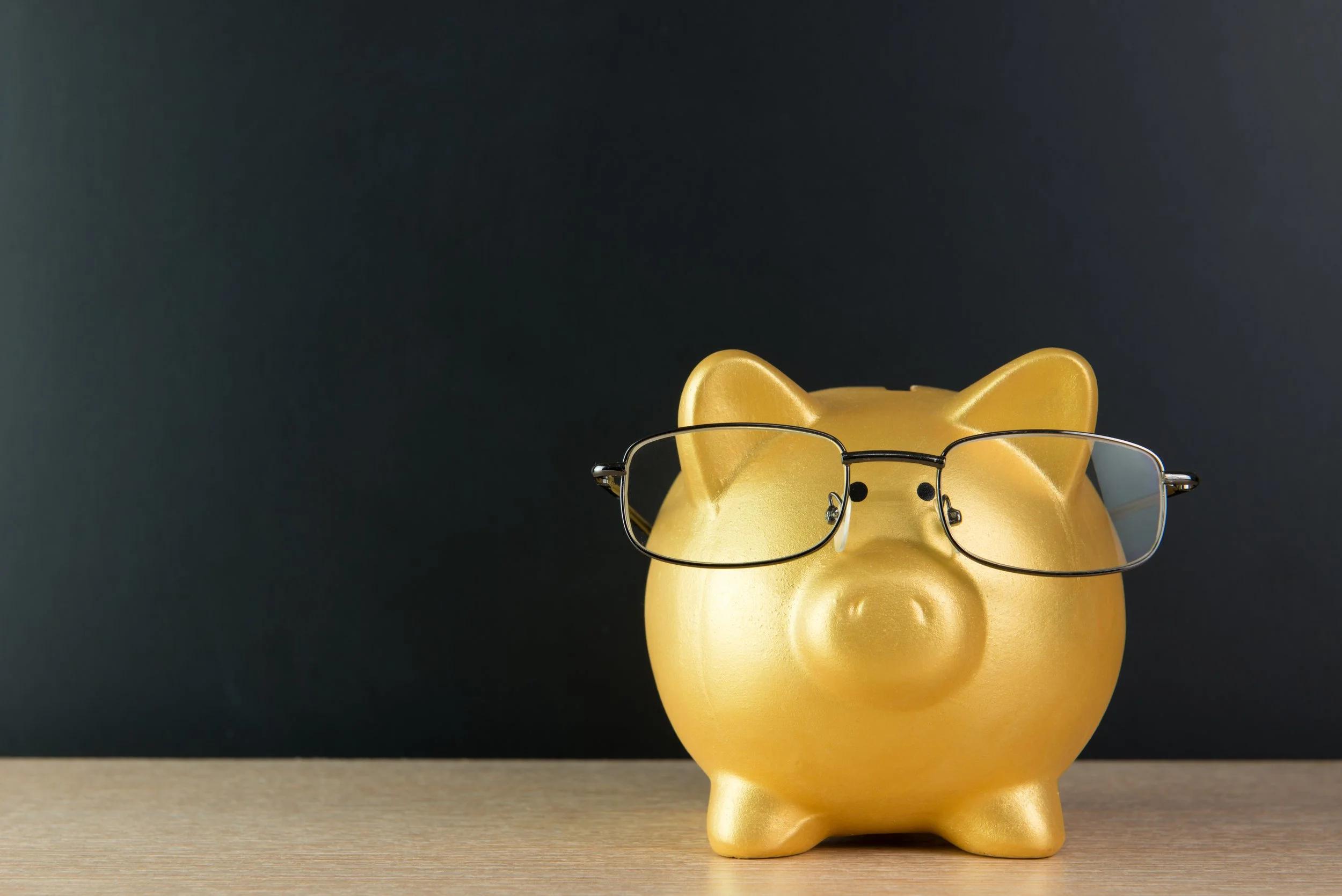How to build an Emergency Fund (without feeling overwhelmed)
Life has a funny way of throwing curveballs, and when it does, having an emergency fund can be a total lifesaver. Whether it’s a surprise car repair, a medical bill, or an unexpected job loss, having a stash of cash means you won’t have to rely on credit cards or loans to get by. But how much do you actually need, and how do you go about building one? Let’s break it down in a way that’s simple and doable.
How Much Should You Have in an Emergency Fund?
There’s no magic number, but financial experts suggest having three to six months’ worth of essential living expenses tucked away. That way, if something major happens, you’ve got time to sort things out without financial stress.
Things to Think About:
Your Job Situation: Got a stable, long-term job? Three months’ worth of savings might be fine. If you’re freelancing or working casual gigs, six months or more is a safer bet.
Debt Levels: If you’ve got a mortgage, car loan, or credit card debt, having a bigger emergency fund helps cover those repayments if your income takes a hit.
Family Commitments: If you’ve got kids or other dependents, aim for a bigger buffer.
Health and Insurance: Even with Medicare and private health cover, unexpected costs can pop up.
For example, if your essential monthly expenses (rent/mortgage, groceries, utilities, transport, and insurance) add up to $4,000, you’ll want to aim for $12,000 to $24,000 in savings.
For more advice, check out ASIC’s MoneySmart: https://moneysmart.gov.au/.
Steps to Build an Emergency Fund
1. Start Small & Set a Goal
If saving a few months’ worth of expenses feels impossible, start with a smaller goal, like $1,000. Even that amount can help cover smaller emergencies and stop you from reaching for the credit card.
2. Open a Separate High-Interest Savings Account
Keep your emergency fund separate from your everyday money so you’re not tempted to spend it. Look into high-interest savings accounts from banks like ING, UBank, or ME Bank. Check Canstar for the best options: https://www.canstar.com.au/.
3. Make Saving Automatic
Set up an automatic transfer every payday. Even $50 a week adds up to $2,600 a year—pretty solid, right?
4. Cut Back (Just a Little)
You don’t have to give up all the fun stuff, but small changes can free up extra cash. Maybe swap one takeaway meal a week for a home-cooked meal or ditch a streaming service you don’t use much.
5. Use Extra Cash Wisely
Got a tax refund, bonus, or birthday money? Instead of splurging, pop a portion into your emergency fund.
6. Boost Your Income
Side hustles aren’t just trendy—they can be a great way to grow your savings faster. Check out Airtasker (https://www.airtasker.com/) or Upwork (https://www.upwork.com/) for extra gigs.
When Should You Dip Into Your Emergency Fund?
This money is for real emergencies, like:
Medical expenses not covered by Medicare or private health
Urgent car or home repairs
Losing your job or a sudden income drop
It’s not for holidays, shopping sprees, or non-essential gadgets (that’s what a separate savings account is for!).
Final Thoughts
Building an emergency fund isn’t about perfection—it’s about progress. Start small, be consistent, and before you know it, you’ll have a solid financial cushion. Future you will thank you for it!
Disclaimer: The content of this article is general in nature and is presented for informative purposes. It is not intended to constitute financial advice or a recommendation and may not be relevant to your situation or circumstances. Before taking any action, consider your own particular circumstances and seek professional advice. This content is protected by copyright laws and various other intellectual property laws. It is not to be modified, reproduced or republished without prior written consent.

